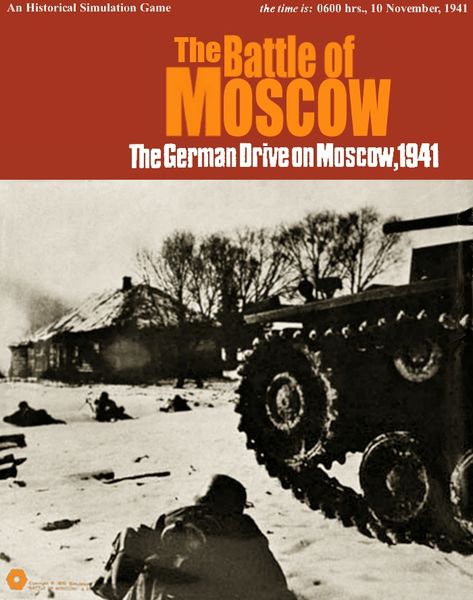The Battle of Moscow: The German Drive on Moscow, 1941 (1970) Board Game
The Battle of Moscow: The German Drive on Moscow, 1941 is a classic wargame that simulates the intense military campaign between the German Army and the Soviet Union during World War II. Designed by Redmond A. Simonsen and released in 1970, this game allows players to recreate the strategic decisions and battles that took place during the German invasion of Moscow in 1941.
Game Components of The Battle of Moscow: The German Drive on Moscow, 1941
How To Setup The Battle of Moscow: The German Drive on Moscow, 1941
To set up the game, players need to place the units according to the initial setup rules. The German player sets up units on designated hexes marked with black crosses, all at full strength. The Soviet player places reduced-strength Russian units on hexes marked with red stars. The Russian 1st Shock Army is placed as a reinforcement according to the rules.
Gameplay Mechanics and Game Objective
Player Experience
Playing “Battle for Moscow” offers a dynamic and strategic experience, particularly due to the unique movement phases for each player. The German player’s reliance on Panzer units for offensive maneuvers and the Soviet player’s use of rail movement to maintain defensive lines add a historical and tactical depth to the game. The game’s balance between simplicity and complexity makes it engaging for both new and experienced wargamers.
Pros
Cons
Personal Thoughts on The Battle of Moscow: The German Drive on Moscow, 1941
This game is ideal for wargamers interested in World War II history, particularly the Eastern Front. It offers a balanced blend of strategy and historical accuracy, making it a great choice for both newcomers to wargaming and seasoned veterans. The unique mechanics and phased turns add a layer of complexity that enhances the gaming experience without overwhelming new players. If you’re looking for a game that combines historical detail with engaging gameplay, “Battle for Moscow” is an excellent choice.
We are supported by our audience. When you purchase through links on our site, we may earn an affiliate commission, at no extra cost for you. Learn more.

